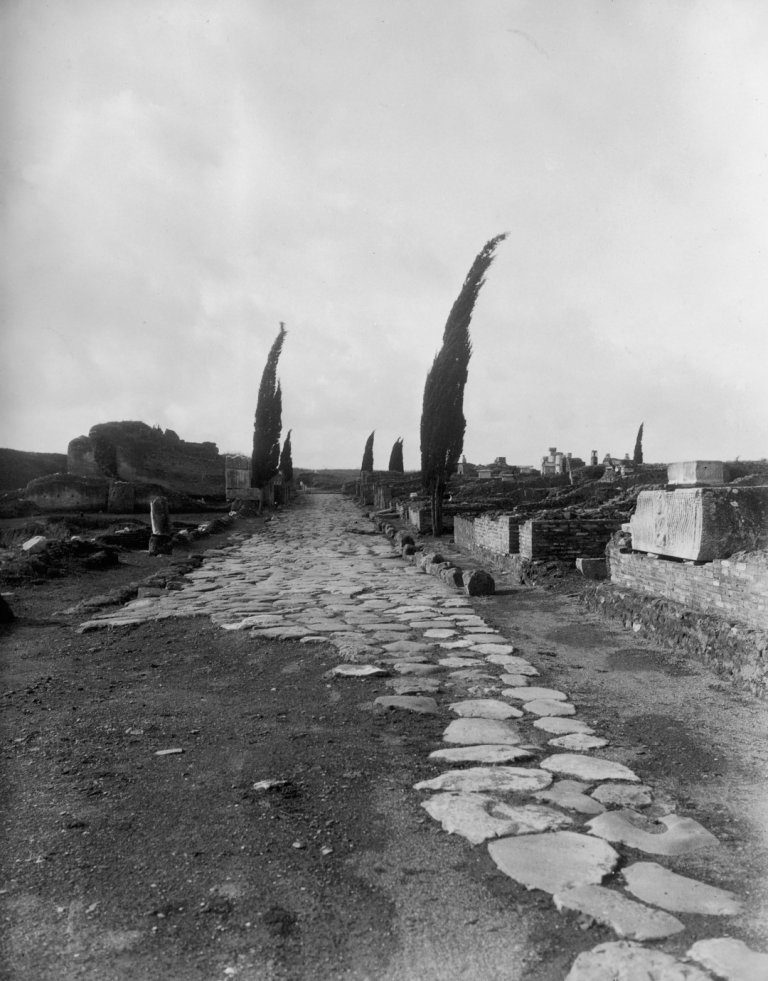The ancient Roman road Via Appia has been included in the UNESCO World Heritage List, which now includes 60 sites located in Italy, AP reported.
The decision was made at the session of the organization’s World Heritage Committee, which is being held in the Indian capital of Delhi.
Italy is the absolute world champion in terms of the number of sites and historical artifacts included in the World Heritage List.
Via Appia was built during the time of the Republicans in Ancient Rome (312 BC) and bears the name of the ruler who built it – Appius Claudius Cec. This road was an advanced engineering facility and also allowed Rome to conquer the southern territories.
It was used to connect Greece, Egypt and Asia Minor. The route of the ancient road passes through more than 70 settlements, 15 parks, 12 cities and four districts.
At every Roman mile of the road there was a post that marked the distance and an inscription which emperor was ruling at the time. Every 19 miles there were designated recreation areas. Twenty-five universities nowadays study the Via Appia.
The stretch of Via Appia in Rome is today part of an extensive park. Along it there are tombs and villas from the republican and imperial periods.
In Ancient Rome, nobles and generals were often buried by the roadside for some glorification, as each traveler learned the name of the interred and his prowess. The first Jewish and Christian catacombs are also located there.
The Via Appia is also associated with Spartacus’ revolt. After its suppression, 6,000 warriors were crucified along the road.
Photo: Via Appia in 1933.












